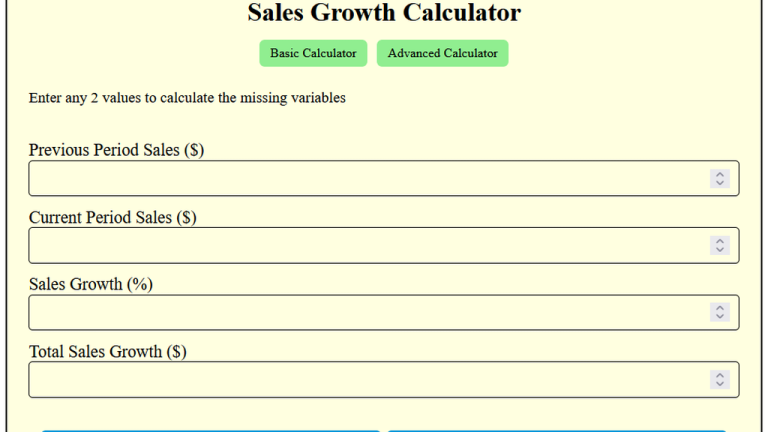Base 8 Calculator
To convert a base-8 number to a decimal number using the formula V=∑(Dn×8n)V = \sum(D_n \times 8^n)V=∑(Dn×8n), multiply each digit in the base-8 number by 8 raised to the power of its position, starting from 0, and then sum the results.
The Base-8 to Decimal Calculator simplifies the conversion of numbers from base-8 (octal) to base-10 (decimal). Octal numbers are commonly used in computing and digital systems.
Converting a base-8 number to a decimal number involves breaking down each digit in the base-8 number and calculating its contribution to the total value based on its position in the number.
This process can be time-consuming manually, but with the provided formula, you can easily determine the decimal equivalent of any base-8 number.
Formula:
| Variable | Description |
|---|---|
| V | Decimal value of the base-8 number |
| Dₙ | The digit at position in the base-8 number |
| 8^n | 8 raised to the power of the digit’s position |
Solved Calculation:
Example 1:
| Step | Calculation |
|---|---|
| Base-8 Number | 125 (base-8) |
| Digits (D₀, D₁, D₂) | 1, 2, 5 |
| V Calculation | |
| Result | 85 |
Answer: The decimal equivalent of 125 (base-8) is 85 (base-10).
Example 2:
| Step | Calculation |
|---|---|
| Base-8 Number | 157 (base-8) |
| Digits (D₀, D₁, D₂) | 1, 5, 7 |
| V Calculation | |
| Result | 111 |
Answer: The decimal equivalent of 157 (base-8) is 111 (base-10).
What is Base 8 Calculator?
A Base 8 Calculator helps convert numbers from base 10 (decimal) to base 8 (octal) and perform calculations like addition, subtraction, multiplication, and division using the octal number system.
In base 8, the digits range from 0 to 7, and converting between bases requires an understanding of how different number systems represent values.
To convert a decimal number, like 125 (base 10), into base 8, you repeatedly divide the number by 8 and record the remainders. The remainders, read in reverse order, give the base 8 representation.
For example, 125 (base 10) is 175 (base 8). Similarly, converting 5613 (base 10) to base 8 involves following the same division process, resulting in 13115 (base 8).
Final Words:
Using a base 8 calculator with steps, you can convert between bases easily and perform operations like base 8 addition. These tools can also handle conversions between other number systems, like base 5, base 16, or base 2, making them versatile for many mathematical tasks.

